Find the programme that meets your requirements and aspirations.
Apply nowEvents
Experiential learning with SPJIMR CISD
February 19, 2023Gallery
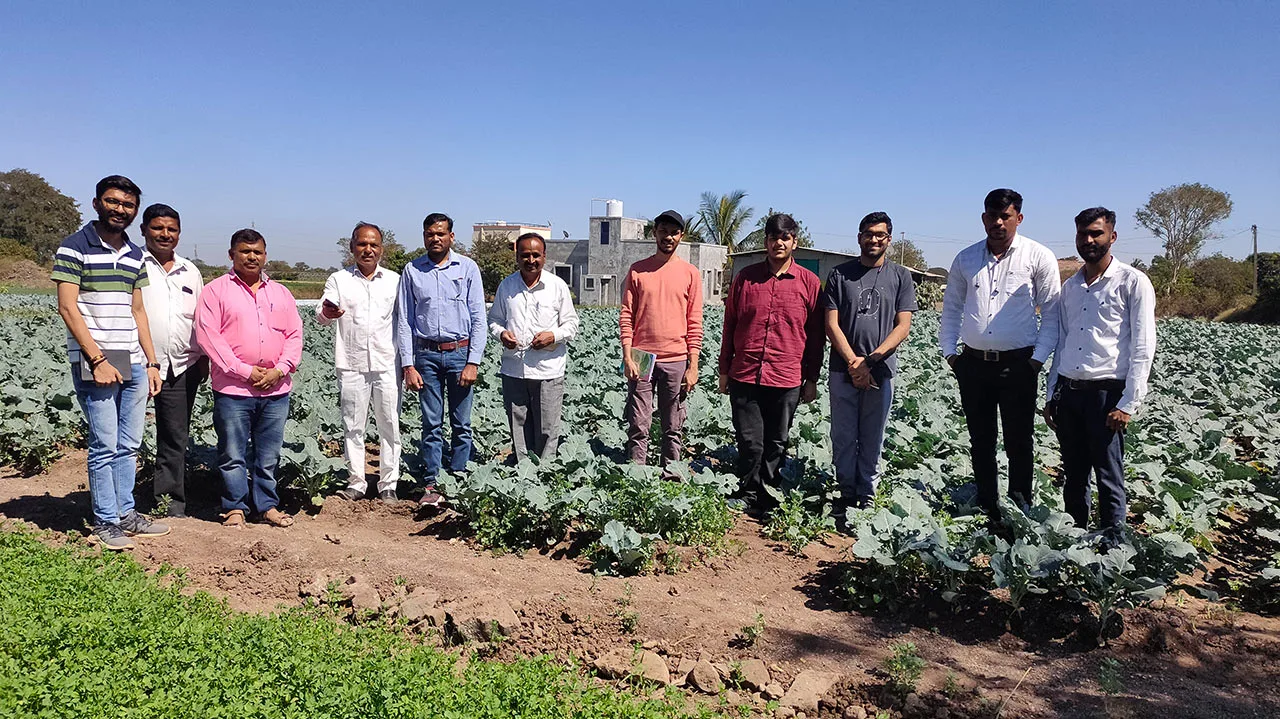
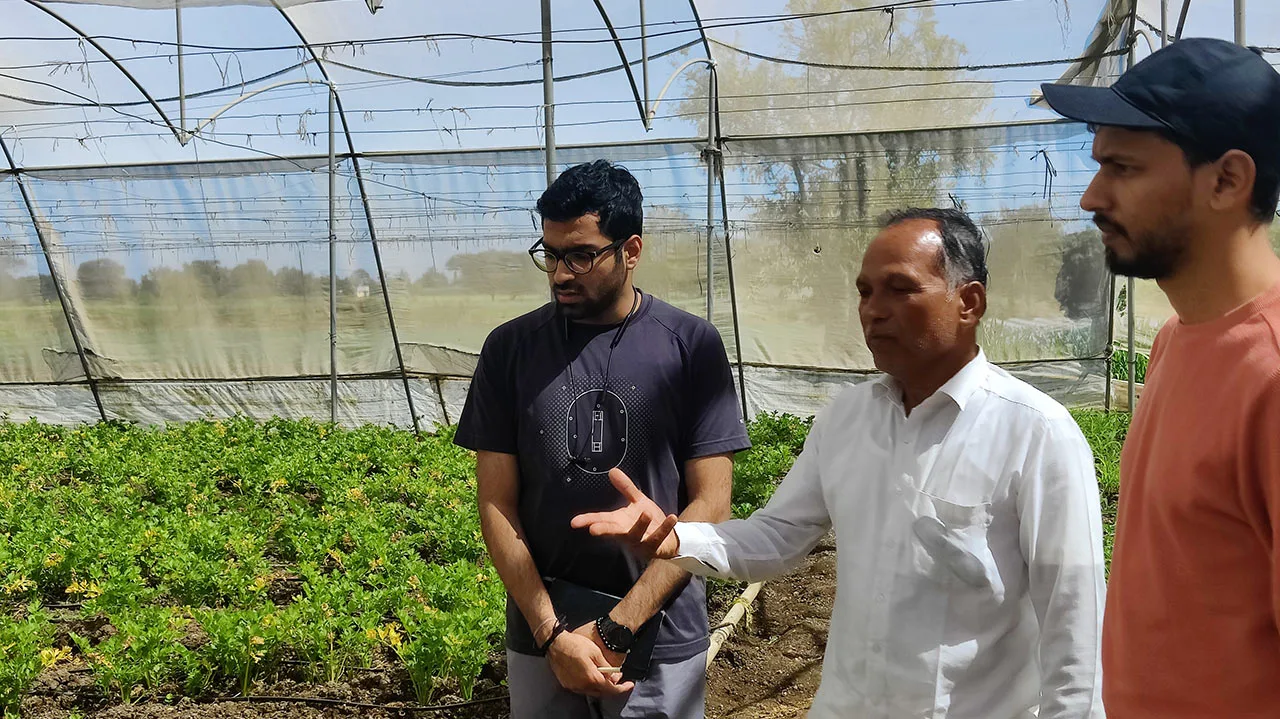
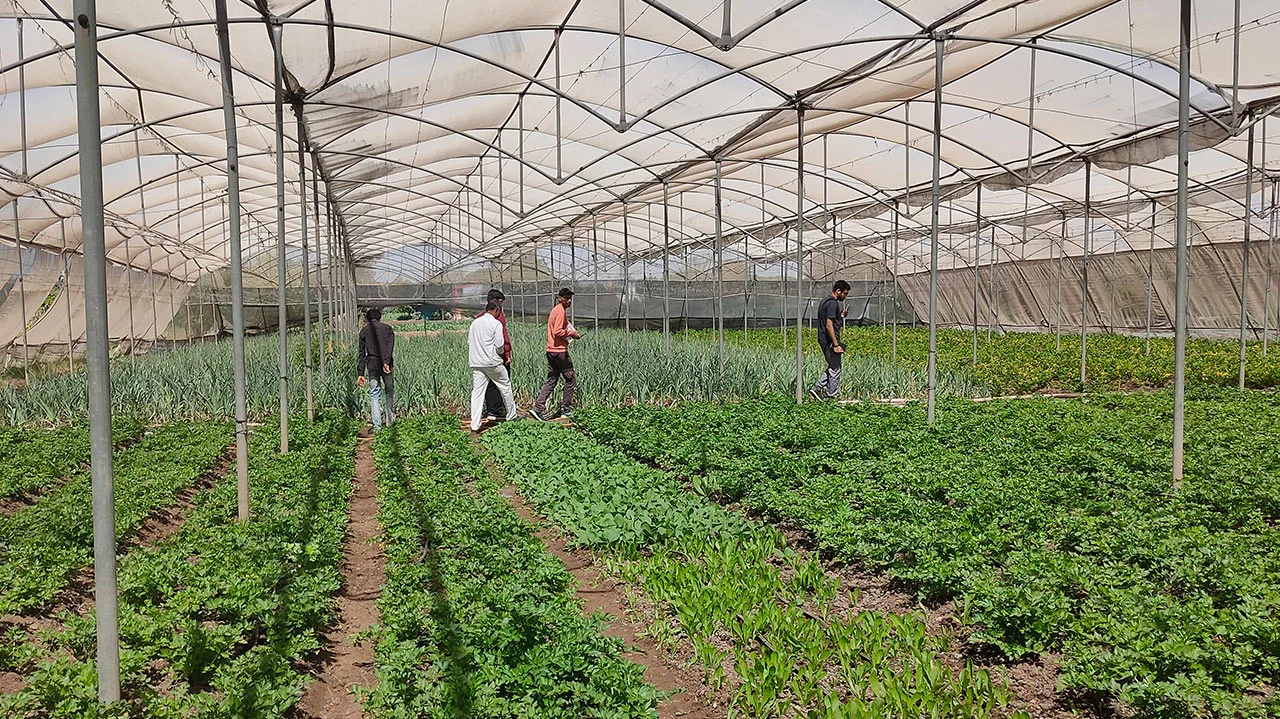
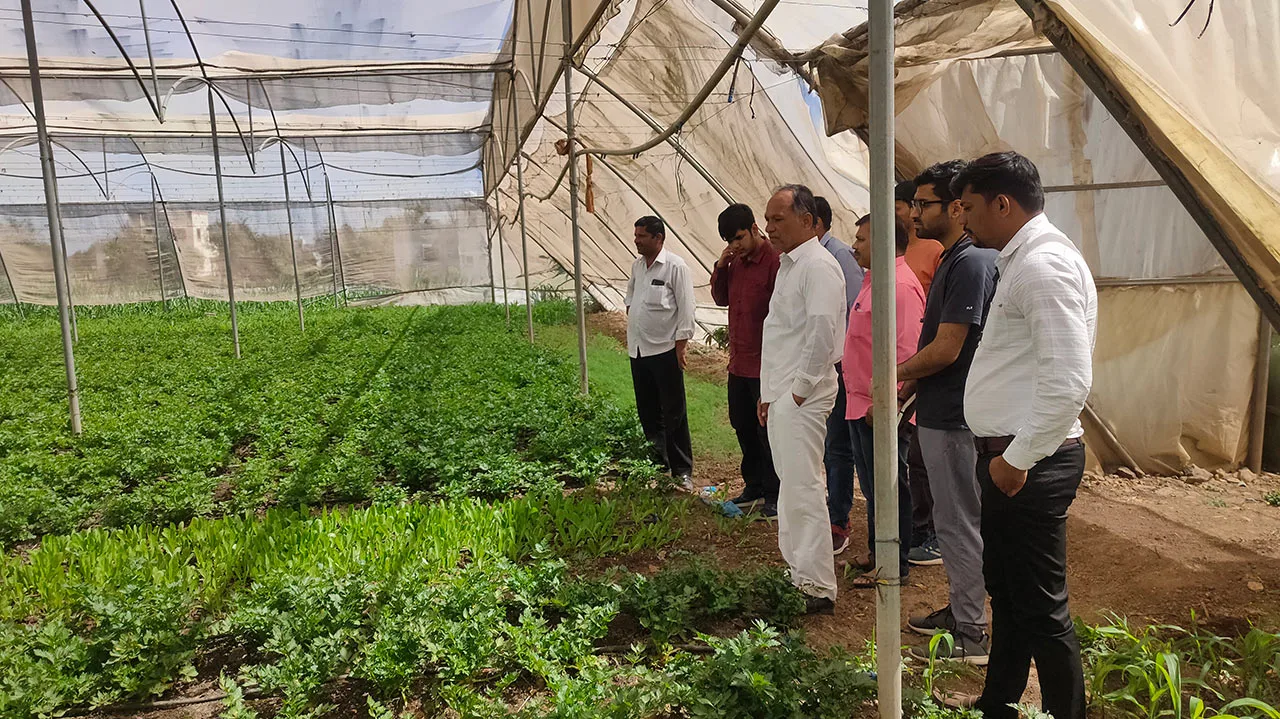
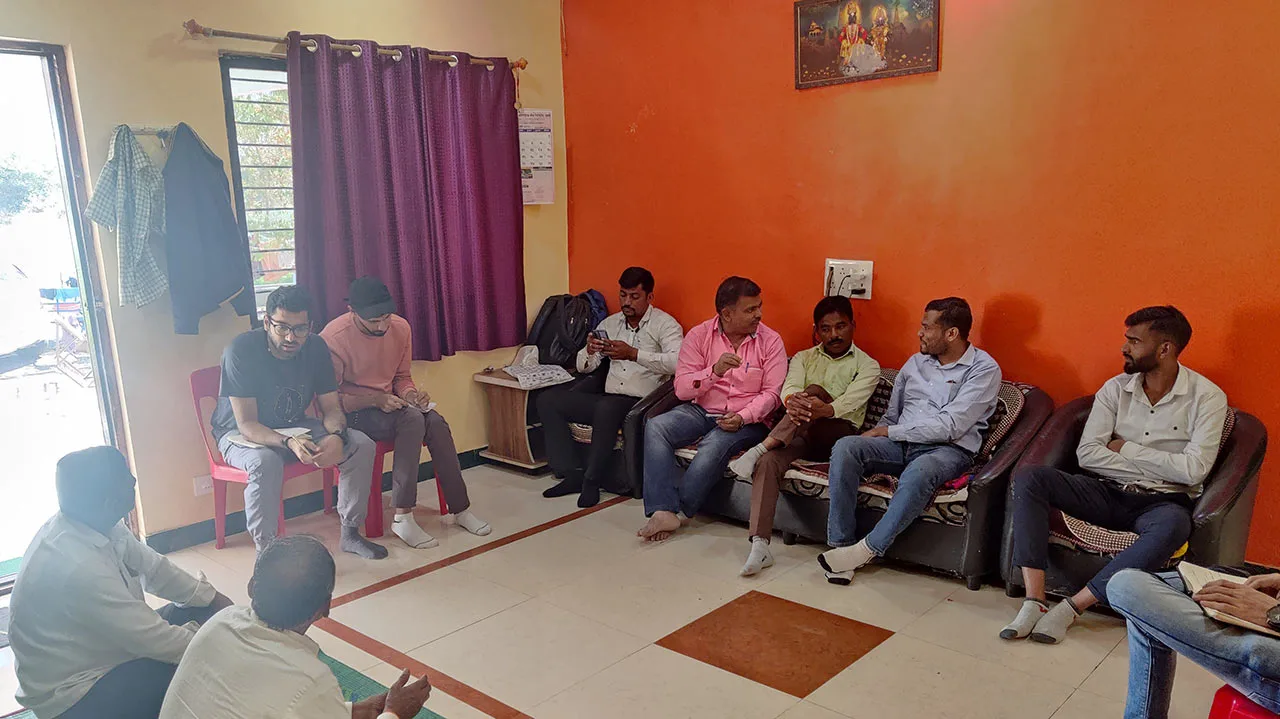
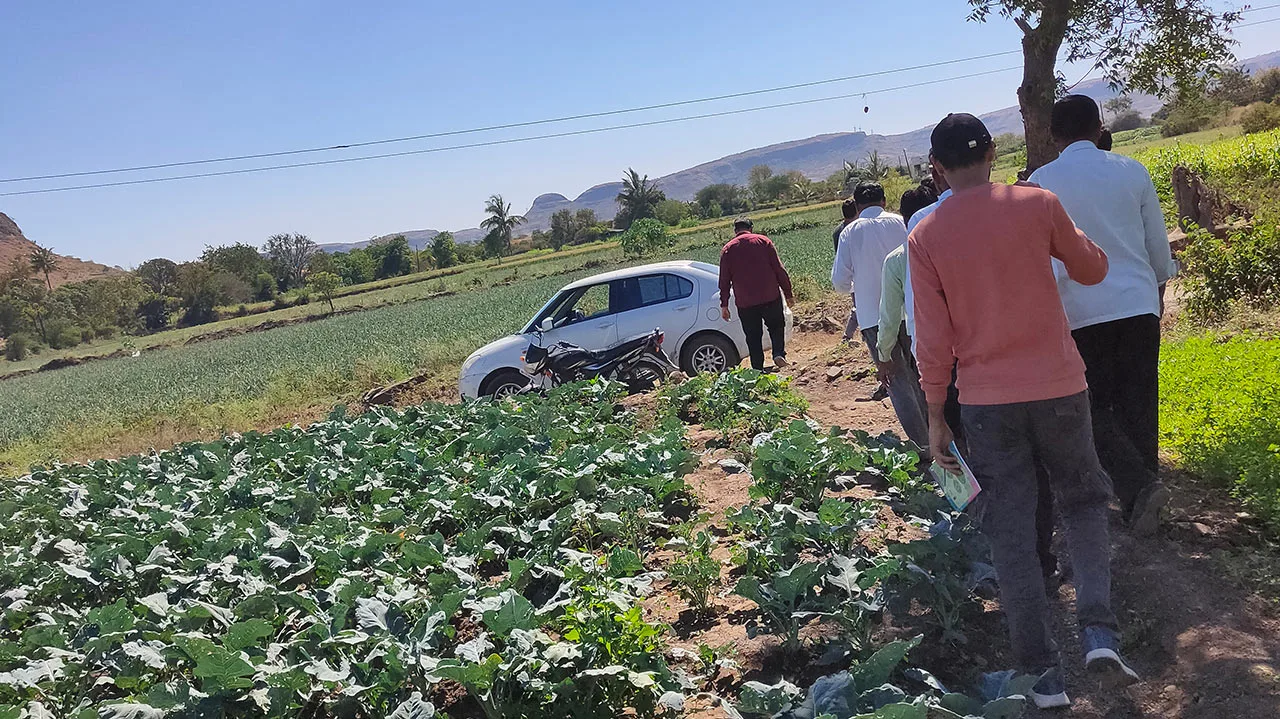
For participants working on agricultural technology initiatives involving blockchain and IoT as well as drones, greenhouses, and multispectral imaging (MSI), SPJIMR Centre for Impact in Sustainable Development (CISD) organised a trip to Vadgaon village near Nasik. The purpose of the tour was to give our participants a chance to learn firsthand about the issues facing the farming community and how innovative agricultural technology is addressing them.
Farmers who received Maharashtra Government Awards discussed their perspectives on new and upcoming agri-technology as well as their personal experiences and opinions about scientific farming techniques used to produce exotic vegetables and how the government is supporting them. Several agri-technology experts and extension workers who work directly with farmers assisted our participants to connect the dots.
Following are the key takeaways from the visit:
- The small average size of landholdings and low disposable incomes in India prevent direct replication of innovations from western nations.
- Despite their lack of formal education, farmers are more open to adopting technological innovations, given that they will add value. For example, they are eager to invest significantly in greenhouses and drip irrigation systems as these have proven effective. It seems reasonable to assume that once they are convinced about the benefits of new technologies like drones or MSI, they are most likely to invest in and use them in future.
- ‘Trust’ plays a very important role in decision-making. If any trusted entity such as a regarded organisation or known influential farmer is promoting new technology, farmers are more likely to use it.
- As farmers have become more tech-savvy, they prefer using mobile phones over desktops or laptops; therefore, mobile-based farming solutions have high potential.
- Steady cash flows are very important for farmers, and they welcome diversification in growing cash crops. This drives the farmer, who already has a small farm, to produce multiple crops, further reducing and fragmenting the land available for each crop.
- Directly promoting expensive technology like drones to small farmers won’t be financially viable. Instead, it ought to be promoted to large farmers, organisations or farmer producer organisations (FPOs). Then, these bigger organisations can help small farmers with leasing or rental models.

